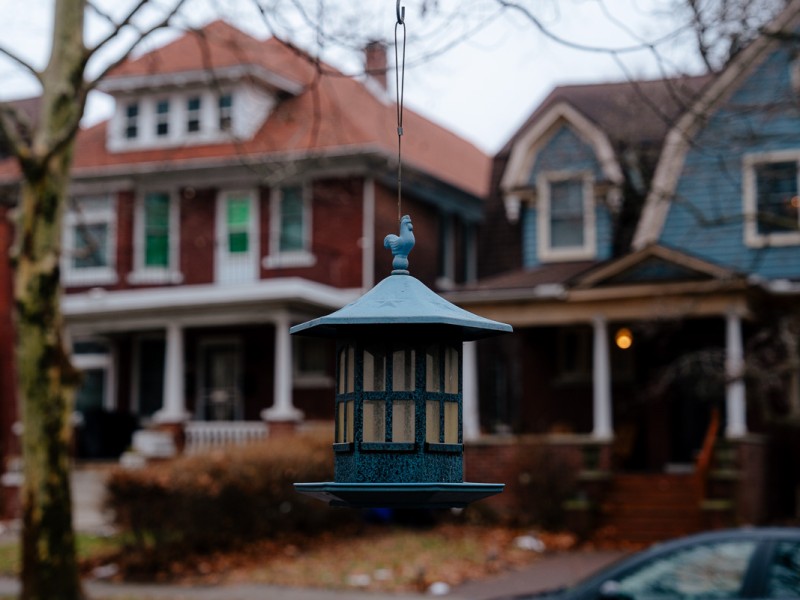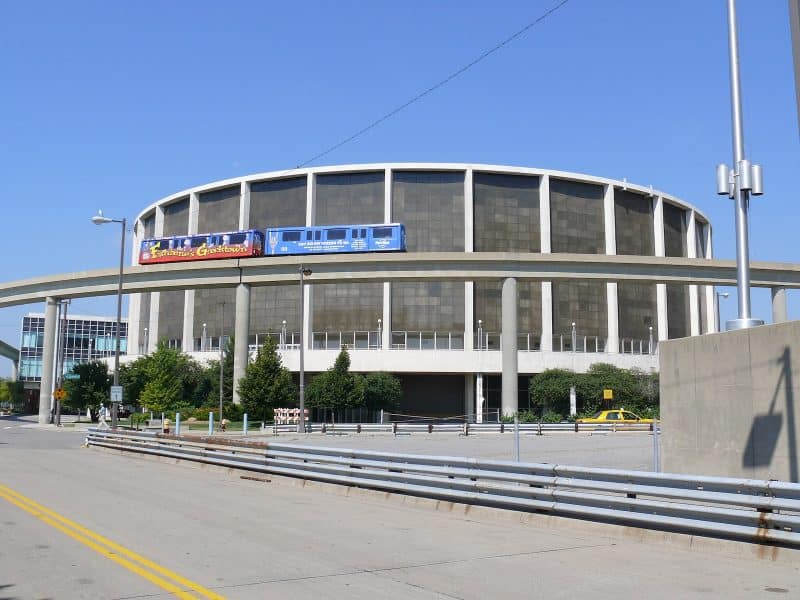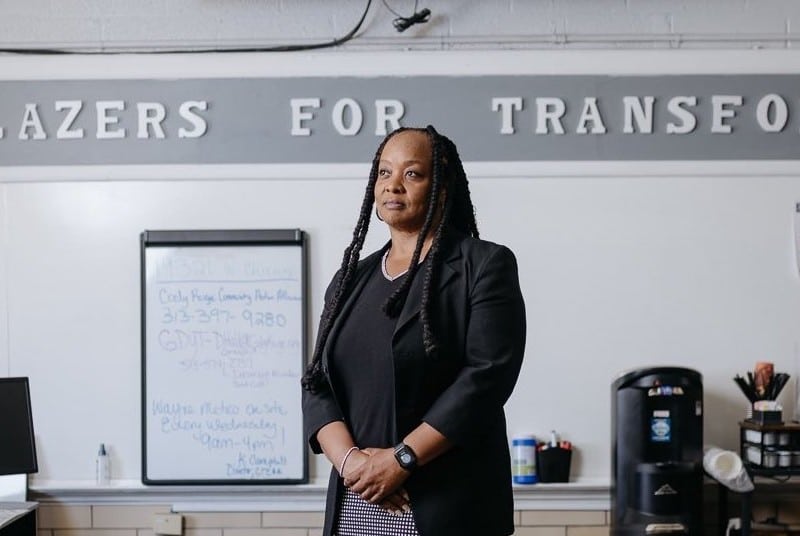Mapping Detroit’s future: Critical mass transit imagined
Neil Greenberg's Freshwater Railway project, a work of fabulous and meticulous imagination, presents high-quality transit "as a living, breathing slice of reality" that changes the question from "why can't we" to "how can we." This is the way forward, we suggest, passion, desire and vision leading the way.
Admit it: you spend a lot of time daydreaming about Detroit. If you love our unique city, it’s hard not to. What is the centerpiece of your ideal Detroit? Art? Education? Or maybe the simple joy of life in a vibrant, culturally rich environment? I will wager that, whatever your personal vision for Detroit, one feature at least has a cameo appearance: efficient, user-friendly public transit.
Despite our many foibles and false starts, the imperative need for transit is now widely recognized — and not just in daydreams anymore. Amid a general support for transit, I spotted a very specific opportunity: make the idea concrete. Move from an abstract, rhetorical conversation about transit to a so-juicy-you-can-taste-it image of transit. Thus was born Freshwater Railway.
More precisely, it started at work. In one of my lives, I am a transit map editor (yes, that is a real job). Somewhere between marking up changes for Southern California’s Metrolink system and tracing turns for the N2 bus route in Washington, DC, a funny thought occurred to me: these are just drawings. These two specimens happen to represent real transit services, but the important part is that anybody can view them, touch them and muse at them. Could I communicate transit concepts for Detroit in this manner — even if they didn’t exist?
Yes I could. In fact, what better way to charge past the usual barriers to transit? You can recite them from memory: “it costs too much, no one will use it, blah blah, blah blah.”
That has typified our approach to transit. First, unveil a grandiose plan to great fanfare. Then, desperately avoid details like how to operate it, how to phase it in, how to integrate it with land uses, how to make it palatable to taxpayers, communities and commuters. Next, for those who dare to raise these questions, dismiss them as pessimists and haters — all the while anti-transit, anti-tax crusaders redouble their usual tactics. Finally, watch everything crumble, because funding tends not to gravitate to billion-dollar executive summaries with little substance behind them. A half-generation elapses before anyone has the energy to start this all over again.
Freshwater Railway turns this process on its head. It portrays high-quality transit as a living, breathing slice of reality. Instead of eye-popping price tags and tired political subplots, Freshwater Railway shows a transit system as, well, a transit system. With meaningful visual aids, the whole concept takes on a new dimension. Undertones about transit change from “why can’t we” to “how can we.”
As do most of my projects, Freshwater Railway began with a map. Leaving it there wasn’t enough. Borrowing experience from my other life — as a transit service developer and schedule writer — I fleshed out operations-level details. The entire system consists of a 364-mile commuter rail network, connector buses to points further afield, and a web of relay and local buses in Detroit. Each service features a fare structure, a route map and a functioning schedule — available in web and PDF formats. Especially for the Detroit local services, I highlighted the relationship between growing neighborhoods and diverse transport choices. Beyond the service itself, I have included an extensive “about us” section; it contains assorted content on common misconceptions, organizational philosophy and public service in general.
Online since August 2011, Freshwater Railway has generated moderate buzz — plus a little confusion. I have received emails from real commuters asking for addresses of rail stations. One woman from Windsor was all set to take a trip to Monroe, except that our Connector 900 bus narrowly missed a transfer to a southbound Erie Line train. After a steady stream of requests, I added a small “this is fake” icon to pages with schedule times and travel information. Still, I responded to each email — and compiled some very intriguing feedback from people who had been “fooled.” No one was angry; they were all encouraged that such a system could even be possible for Southeast Michigan.
It is important to note that Freshwater Railway is not an actual proposal. I am not advocating for the construction of this exact system — though that would be pretty cool. Rather, I am mounting three central arguments that, perhaps, can guide us in a productive direction. One, that the average Southeast Michigander will only get behind transit when there’s something credible to get behind. Two, that looks matter — transit does not have a favorable reputation around here; it will only succeed if we treat it as a consumer product. Three, that transit is a complex business with a lot of moving parts. It is a wonderfully rewarding career — and it almost never leads to fame, fortune or legacy. Politicians and czars and business leaders can be powerful allies, but they alone cannot produce transit victories.
If you’re a Detroiter who thirsts for transit, this year has been brutal. Unrest at DDOT, reckless service cuts at SMART, an uncertain future for the People Mover, and, of course, the recently announced cancelation of Woodward Light Rail. (Editor’s note: see the author’s response to last week’s M1 news in HuffPost Detroit.) In damage control mode, it’s tempting to rush into questionable decisions. Many of the actions touted — privatization, slashing routes wholesale – don’t really solve problems so much as they make problems slightly less expensive. Let’s do better than that. If we catch our breath, evaluate our options, and, above all, learn lessons, we can make this a definitive turning point.
Back at Freshwater Railway, it is my hope to evolve our principles into serious momentum for serious transit. We have a rare chance to start from scratch: yes, we’ll aim to control costs, and also to rethink the entire landscape for transit service. Routes, identities, amenities, consumer appeal, employee relations, accountability, growth opportunities, and everything else that makes a great transit system roll. When those elements are in place, public investments in transit pay off in spades.
As a fun side project, I tested these ideas in a lightly fictionalized setting. Maybe it’s a fiction that is not so far-fetched.
Neil Greenberg is a Detroit-based transit professional. He has worked for four public transit organizations and one national vendor to the transit industry; he has used 90 different transit systems. Neil is fond of innovative routing, efficient scheduling, sleek graphic design, and other such hallmarks of a great transit experience. He has a commercial drivers license. Go to his website to see where he’s going next.






